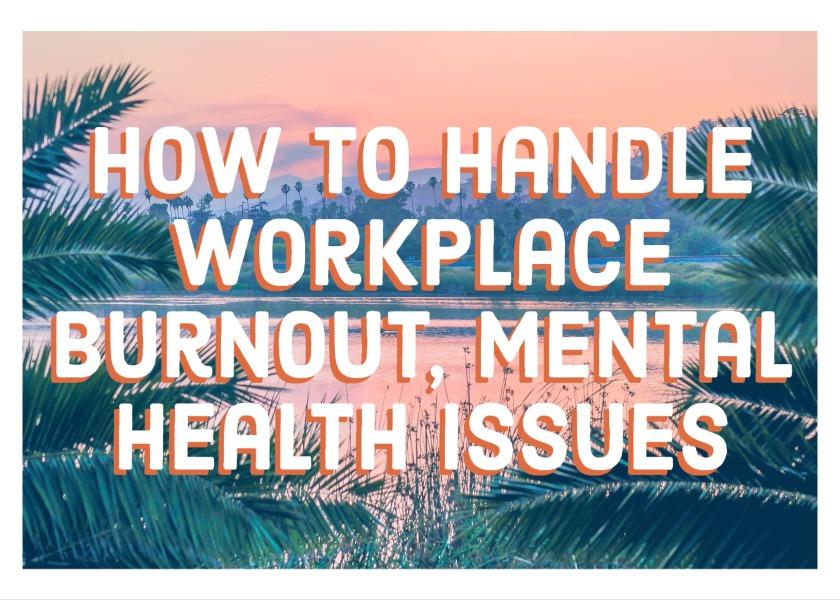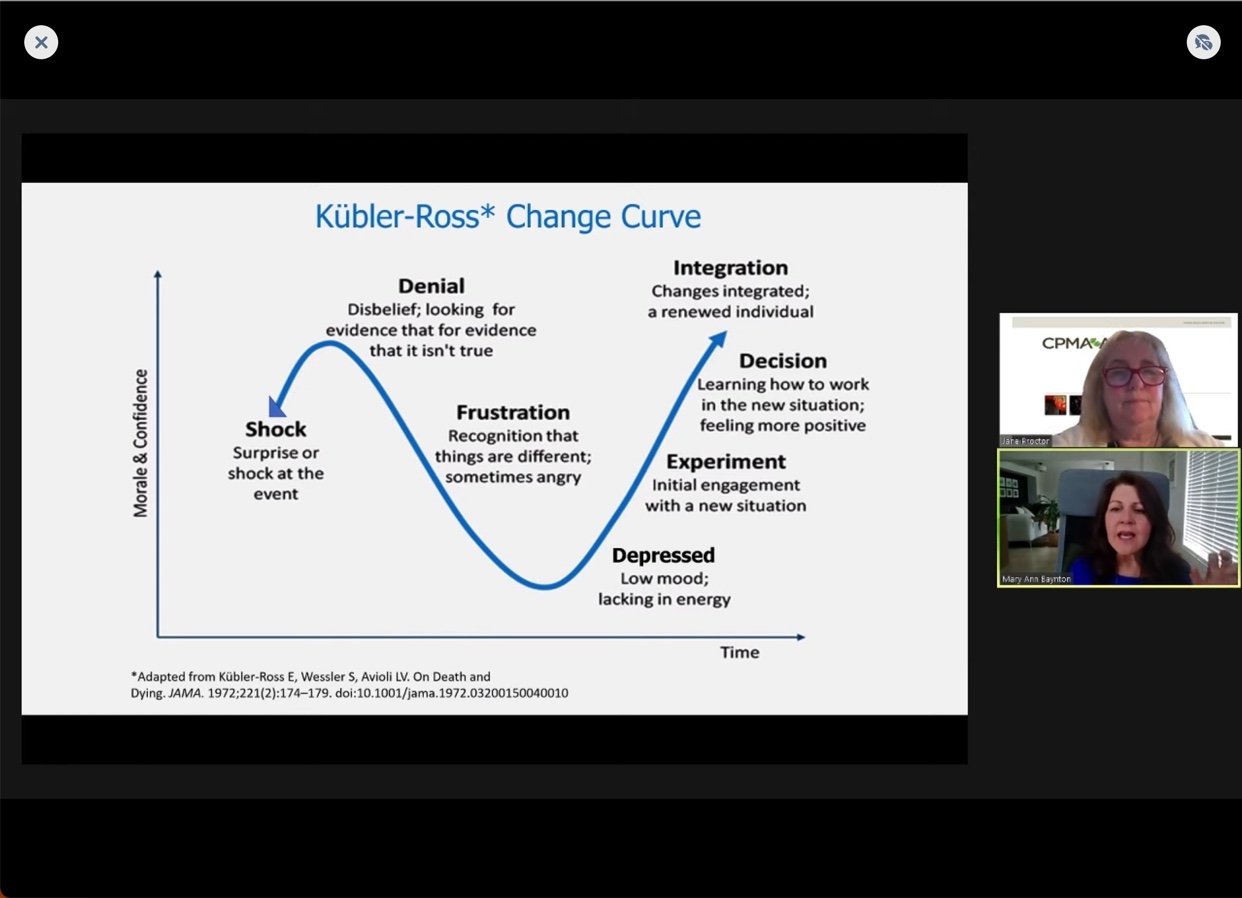How to handle workplace burnout, mental health issues

Call it pandemic fatigue or just burnout: You could be losing motivation, experiencing emotional numbness, feel that almost all people drain your energy. Your productivity may drop even if your hours haven’t. You’re self-medicating more with alcohol, drugs, Netflix, gambling, porn or shopping.
These are signs that you may be close to burnout at work and in your personal life, said Mary Ann Baynton, a workplace mental health consultant and author of several books, including The Evolution of Workplace Mental Health in Canada and Mindful Manager. She was the speaker at the April 13 Learning Lounge event during Canadian Produce Marketing Association’s virtual Fresh Week conference April 13-16.
The session was fueled by anonymous responses to a survey about dealing with employee work stress, and Baynton also had a roundtable of about 30 workers sharing their stories of burnout.
More symptoms of burnout include becoming disproportionately irritable about little things like noise and light, you’re more cynical, untrusting and never feel rested no matter how much sleep you get.
“Burnout is mental, physical exhaustion, and it’s more likely when employees expect too much of themselves, never feel good enough, have that good girl or boy complex, feel inadequate or incompetent, feel unappreciated for their work efforts, have unreasonable demands at work or home, or are in roles that are not a good job fit,” Baynton said.
She shared some of the tips that company leaders have employed to combat pandemic fatigue, which may or may not work at everyone’s work situation.
- Use all your vacation days, even if you can’t go anywhere;
- Instead of meetings via the computer screen, encourage walking meetings so employees can get outside and moving;
- Use the first 10 minutes of a meeting for casual conversation, like watercooler chat;
- Suggest everyone take at least an hour during the day to get outside and enjoy the daylight;
- Suggest to those who can that they work their 37.5 or 40 hours a week around parenting, homeschooling, caregiving and other duties;
- Recognize employees for everyday successes; provide positive reinforcement; and
- Have leadership talk more about what they do on their down time, so employees stop believing that working nonstop is the expectation.
“By you, as the leader, sharing ‘I’m taking some time off to do this,’ you’re saying, ‘I have balance, and I have those expectations for you too,’” Baynton said.

Leaders need to be clear about their expectations and priorities.
“It’s amazing how often an employee works really, really hard on something and then their boss says, ‘That’s not what I wanted; that wasn’t important,’ and the employee is really, really crushed,” she said.
Employees can also “coach up,” Baynton said, to help their managers realize what they’re going through. This is not complaining and venting all your personal life stress. Keep it to how you can best serve the company while maintaining your energy.
“As a boss myself, sometimes I’m surprised by everything my employees are doing. I don’t know what they need unless they tell me,” she said.
Employees can share what work projects are on their plate and how long different projects take, so the boss can help prioritize.
Sometimes a manager will reveal he or she doesn’t need you to do a particular project at all, and other times it can be delegated to a more suitable person.
Share with your manager what you need to do your job, what you can do, and the best way to give you feedback.
Set boundaries, she said, and if you work from home, clear away or shut the door on your work to have completely work-free off hours. And while working, understand the value of frequent short breaks.
“Focus on one thing at a time. Stop pretending you can multitask. You can’t. We actually lose our ability to be focused back and forth as we get older, and when dealing with grief or burnout, that’s also impaired,” Baynton said.
“Of all of these suggestions, what’s important is not to keep doing what you were doing.”
More tips are available at https://www.workplacestrategiesformentalhealth.com/.







